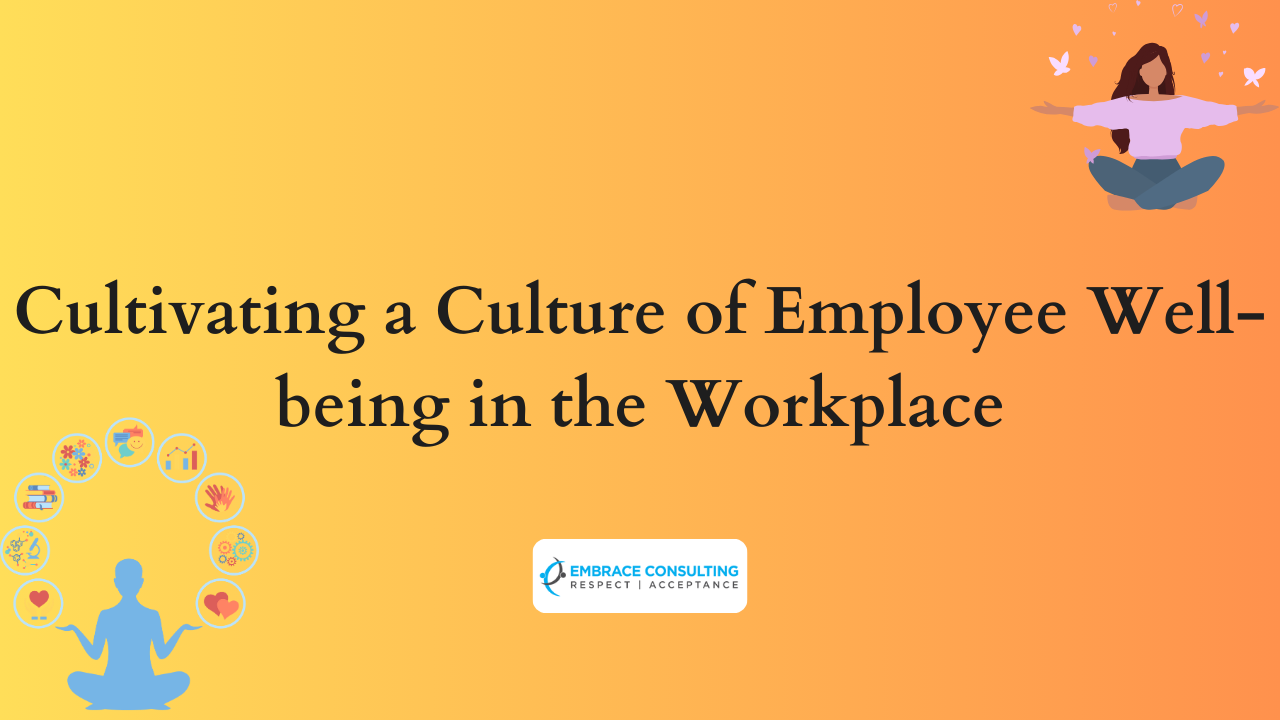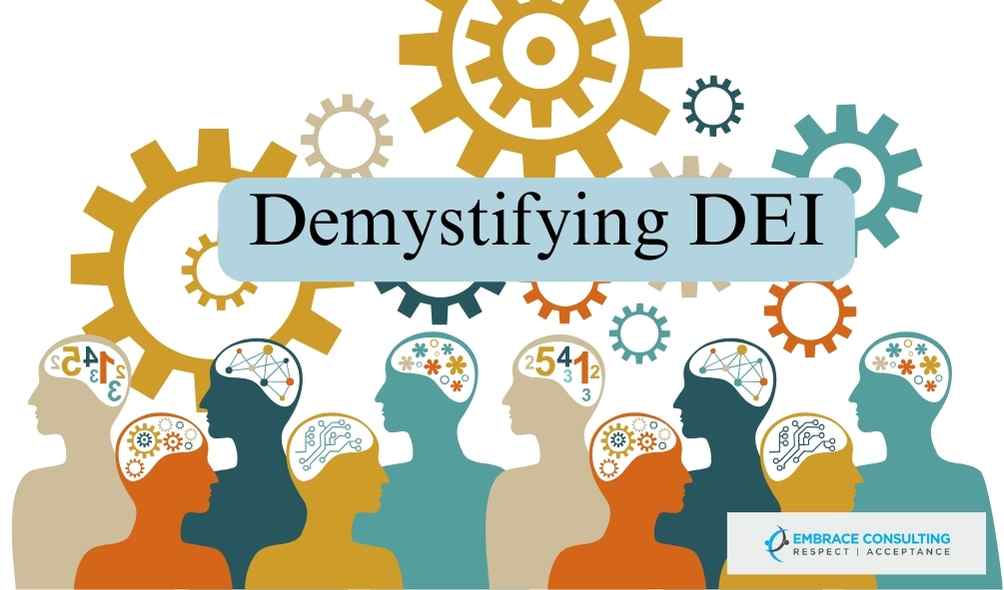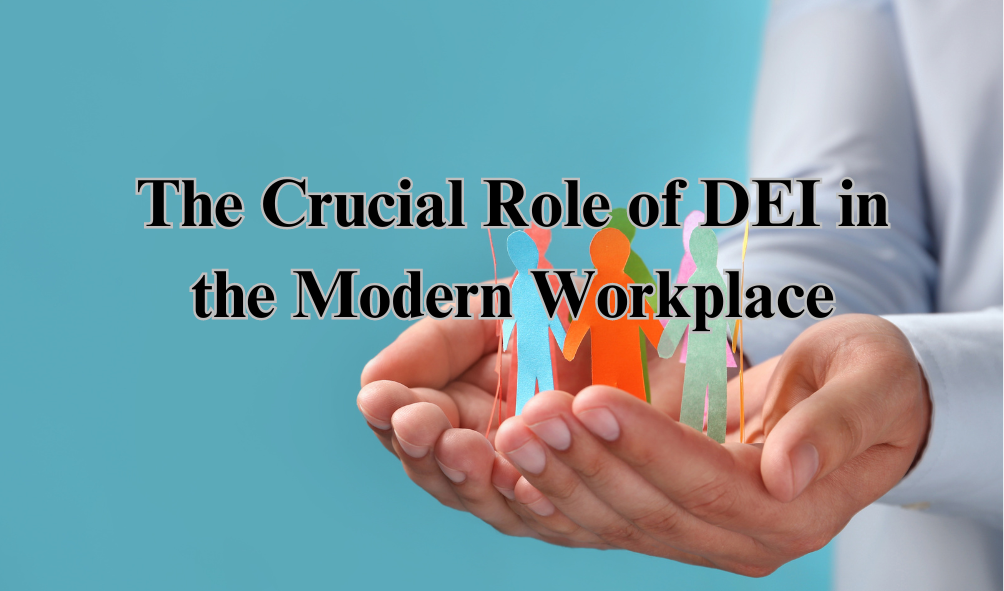In today’s fast-paced and demanding professional world, employee well-being has becomכבל חשמל מאריך 3 מטר range epice mural Belgium mérleg media markt nike ytterjakke ležalniki z vozičkom levis coupe boyfriend husqvarna 55 air injection beeztees trimovací hřeben best soccer jerseys adidas supernova sequence 9 m défilé de mode robe de soirée ray ban 3025 l2823 58 כבל חשמל מאריך 3 מטר custom football jerseys totto infantile a critical concern for organisations seeking to foster a happy and productive work environment. A staff that feels encouraged and appreciated is more engaged, which leads to increased creativity, innovation, and overall job happiness. This blog discusses the importance of employee well-being in the workplace and provides insights into how organisations may develop a culture that prioritises their employees’ health and happiness.
Why is Employee Well-being important?
1. Enhanced Productivity: Employees who are physically and psychologically well are more likely to perform at their peak. The World Health Organisation (WHO) discovered a favourable association between employee well-being and productivity. When organisations engage in employee wellness programmes, they foster an atmosphere in which people may attain their full potential.
2. Reduced absenteeism: A workplace that prioritises employee well-being has reduced absence rates. Employees who are physically and emotionally fit are less prone to take sick days. Wellness efforts including as exercise programmes, mental health assistance, and preventative healthcare can help to minimise absenteeism.
Creating a Wellbeing-Centric Workplace Culture:
1. Flexible Work Arrangements:
Recognising the different requirements of their employees, organisations may encourage well-being by providing flexible work arrangements. This covers things like remote work, flexible hours, and reduced workweeks. Giving workers flexibility over their work schedules promotes a better work-life balance, lowers stress, and improves general well-being.
2. Mental Health Support
Mental health is an important part of total wellbeing. Organisations may foster a friendly atmosphere by providing mental health resources such as counselling, workshops, and awareness programmes. Normalising talks about mental health eliminates stigma and encourages employees to seek assistance when necessary.
3. Physical wellness programmes:
Encouraging physical exercise can improve both physical and mental health. Wellness programmes such as gym memberships, exercise challenges, and health checks help to build a healthy workforce. Additionally, offering ergonomic workstations and encouraging regular breaks can reduce physical strain and increase general well-being.
4. Recognition & Appreciation:
Feeling valued and appreciated is critical for employee well-being. Recognising accomplishments, milestones, and hard work promotes a pleasant workplace atmosphere. Employee recognition programmes, frequent feedback meetings, and team-building exercises all help to foster a culture of gratitude.
How to measure Employee Well-being?
1. Employee Survey:
Regular surveys of workers’ well-being can give useful information into the efficacy of wellness programmes. Use surveys to collect feedback on existing programmes, find areas for improvement, and learn about the workforce’s individual requirements and preferences.
2. Health and wellness metrics:
Tracking health-related data, like as absence rates, employee assistance programme use, and participation in wellness activities, can aid organisations in determining the effectiveness of their wellbeing programmes. Monitoring these variables enables data-driven decision making to improve existing programmes.
To conclude, we must understand that prioritizing employee well-being is more than a trend; it is a strategic requirement for organizations that want to flourish in today’s competitive market. Organizations may build an engaged, motivated, and resilient workforce by fostering a culture that appreciates and promotes workers’ physical and mental well-being. As the adage goes, “Happy employees lead to happy customers,” and investing in employee well-being is an important step towards any organization’s long-term success.












